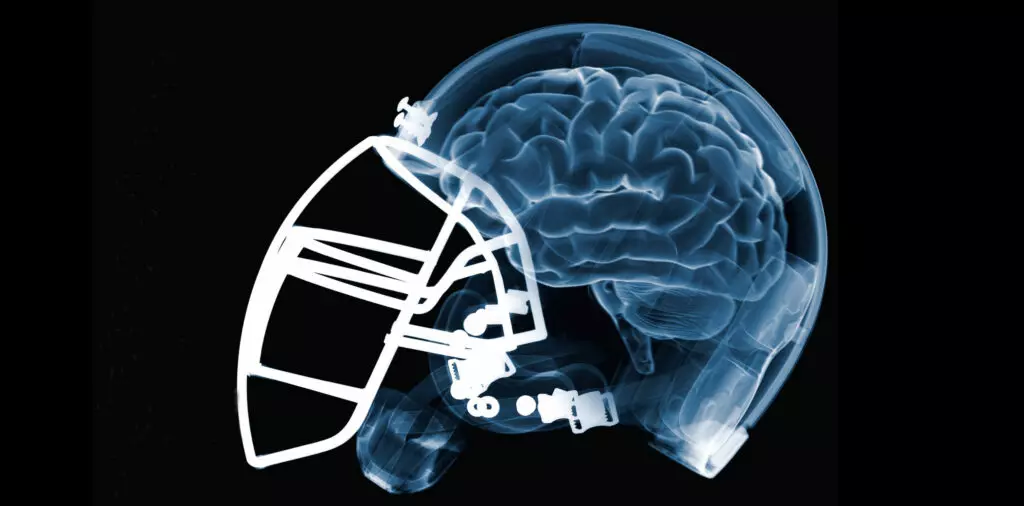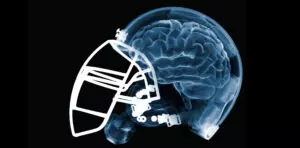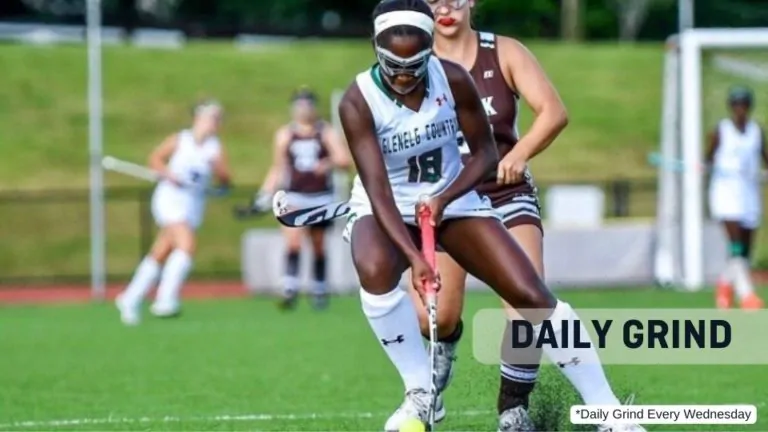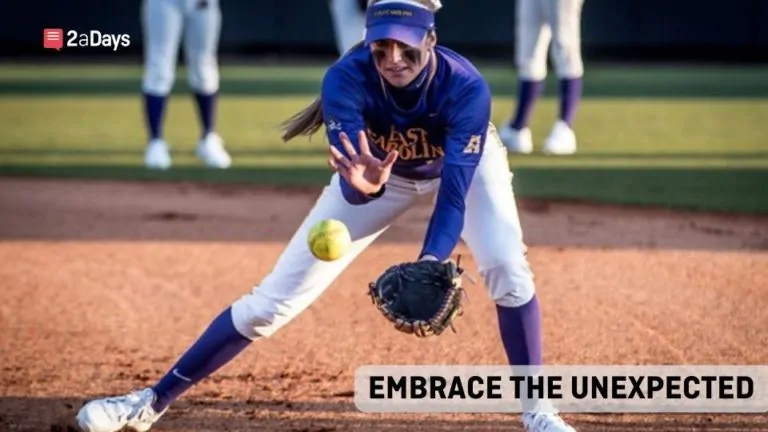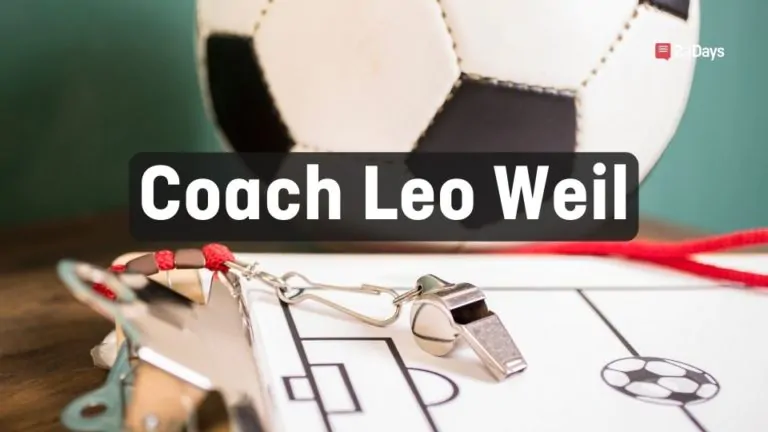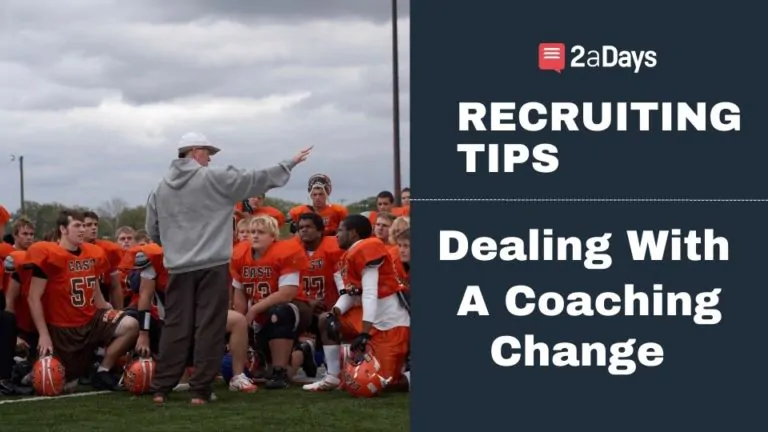Brain injury, safety, and prevention are on everyone's minds, especially if you are playing a contact sport. Traumatic brain injuries should be taken seriously because they can affect the rest of your life. It is estimated that there are about 3.8 million concussions that occur into the U.S. These concussions happen per year during competitive sports and recreational sports. As many as 50 percent of concussions go unreported. The Complete Concussion Management states that the most concussions happen in these sports:
Game Play
They also state that women's sports for the most part have a higher rate of concussions. What makes this interesting is that Women's hockey is non-contact, but yet the sport has a higher rate of concussions compared to men's hockey. Men's hockey is contact and women's is non contact. This is what makes it interesting. 2aDays sat down with Chris Delano, owner of the Albany Power Lacrosse Club and coach for Niskayuna Lacrosse, to discuss concussions.
2aDays: Does The Albany Power Lacrosse team have an athletic trainer/training staff?
Yes.
2aDays: How actively involved is the coaching staff in working with the athletic training staff to ensure full recovery of your athlete for a concussion?
All Albany Power Lacrosse players are asked to complete a mandatory baseline test before the season. The ImPACT (Immediate Post-Concussion Assessment and Cognitive Test) is a concussion evaluation computer system that screens player's symptoms and helps doctors and athletic trainers determine safe decisions on returning to play. The baseline test takes about 15-30 minutes to complete. Then, if a concussion is suspected, the baseline score is compared against the player's ImPACT test. The test monitors certain cognitive functions such as attention span, memory, sustained attention span, reaction time, and much more. The decision on returning to play is based on the doctor's recommendations; sometimes, a physician will allow light activity about a week after a concussion. Light activity could include jogging or stick skills. Other doctors will advise players to stay away from activity for longer durations of time depending upon the severity of the injury sustained. Trainers aren't super involved in making the call on players being cleared to return to play. Players are always advised to meet physician's guidelines before returning to play airing on the side of caution.
2aDays: As a lacrosse coach, what is your opinion on the usage of protective headgear during competition/practices, etc.?
In a sport like men's lacrosse, boys wear helmets to help protect against concussions. This is not a perfect solution when players wear helmets; upon collision, the brain still has room to move inside the skull. Over the years, helmet manufacturers have been tweaking equipment to ensure the best possible protection for players. Coach DeLano talked about a scary experience last year for lacrosse players when the information was brought forward that Cascade, a lacrosse helmet manufacturer, had been falsifying test results. This helmet was being used by a large percentage of men's lacrosse players up until this information came out. NOCSAE (National Operating Committee on Standards for Athletic Equipment) recalled the helmets for not complying with regulations. “This caused players to scramble, some kids had a game the next day, and suddenly their helmets were illegal.” recounted DeLano. They were able to develop a solution to remedy the problem. Coach DeLano indicated that currently, some Division I Lacrosse programs are using a neckband with unique technology to manage mild traumatic brain injury from inside the body. With the collar around the neck, blood pressure around the brain is slightly increased, which forms an internal cushion for the brain. This is something to look forward to, as more data will be coming out this year about the success of the new technology. For girl's Lacrosse, however, no essential headgear other than goggles are required. In some states such as Florida, helmets are mandated. However, the National Governing body for Women's Lacrosse says that no evidence currently shows that no helmets have caused an influx of concussion injuries in Women's Lacrosse.
2aDays: In a hypothetical situation, if a player hits their head on the lacrosse field, comes out of the game, and insists that they want to keep playing will you advise them to be cleared by the athletic training staff/or physician before allowing them to come back into the game?
The Albany Power Lacrosse Club has professional coaches that are trained and trusted to make good, safe decisions for their players. However, it's a tough call. If the symptoms are apparent (a player cannot stand up if dizzy, nauseous, etc.), players must be cleared before they can return to playing. In a sport like Lacrosse, the nature of the game is inherently violent; there is constant contact during the game, so it's essential that coaches look for any signs of concussions. In the example above, a player can be knocked down numerous times in a game, so it comes down to looking for cognitive and neurological signs and symptoms. The ImPACT concussion protocol is the best way presently to diagnosis a concussion. Coach DeLano stated that if a coaching staff member sees a player struggling, the best decision is to sit the player until they can be tested for sure. When speaking with the coach, I expressed that my college only administered baseline ImPACT tests when I was in my senior year. DeLano said that he was surprised that baseline tests were that behind in colleges and noted that it's an important issue to be monitoring.
2aDays: In your experience, have you ever seen a student-athlete go through a severe concussion injury that affected his/her studies? Do high school teachers typically understand these situations?
Unfortunately, it happens a lot. Some doctors will recommend players are doing nothing for two weeks, up to a month. Nothing means, no books, computers, cell phones, etc. Missing a month of schoolwork puts kids behind, but once again, doctors are airing on the side of caution and trying to prevent further neurological damage. Coach DeLano expressed that kids want to be online and connected, and that is taken away when they get injured is difficult for them. Concussions can happen anywhere: on the playing field, in a car accident or by slipping and falling. That is why it is so vital that we learn more about them and are continuously working towards identifying the best course of treatment.
Resources: https://completeconcussions.com/2018/12/05/concussion-rates-what-sport-most-concussions/
Updated: 7/17/19
* Originally published on July 17, 2019, by Keirsten Sires
